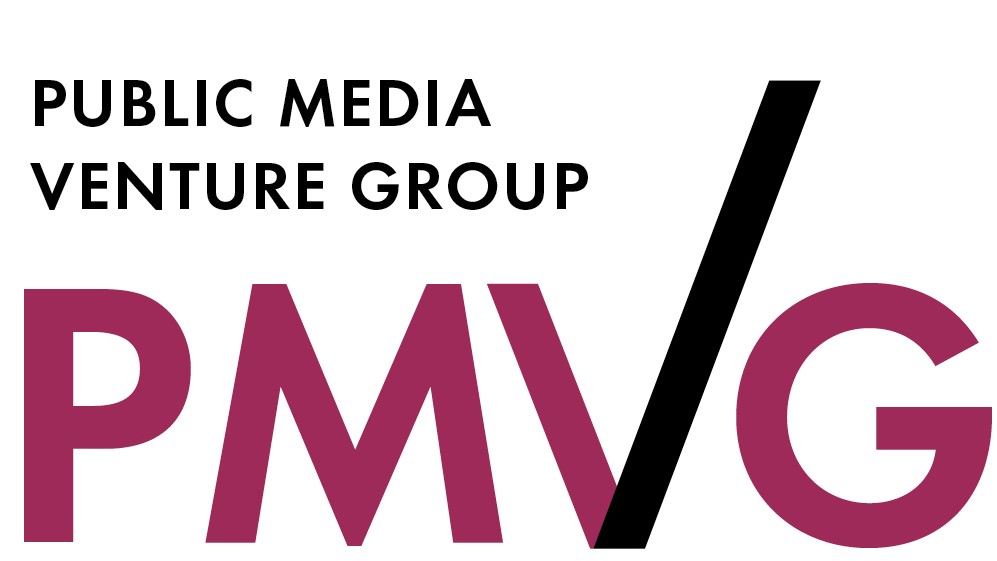Solid-state memory comes to Sony
On Wednesday, March 9, I introduced you to some in the new line of Sony products to be revealed at this year’s NAB convention. The information was gleaned from a trip to Japan that included visits to three different Sony corporate locations. With that as background, let’s continue with a look at some new Sony technology.
From a manufacturer’s viewpoint, being able to use and reuse technology across multiple products carries with it many benefits — not the least of which is often a lower cost of production, which usually translates also to a lower-cost product for the customer. If the resulting product quality/performance improves, then everyone wins. That appears to be Sony’s goal.
Yasuhiko Mikami, Sony’s Sr. manager, product marketing for B2B business group, said, “It would be foolish if we [Sony] created a set of tools that only did one [standard] because the customer would never get a return on their investment. So what we want to do is come up with a totally new generation of products that are switchable between high definition, 3-D, 4K or any K, in the future.” He went on to emphasize that both real-time performance and a file-based workflow was crucial to any new solutions that might be introduced.
On the issue of solid-state storage, Mikami said, while solid-state has many benefits, “You can never archive all your content on solid-state. It has to be dubbed fast to something more affordable and that has more shelf life.” He noted that tape was still the excellent choice when there is the need to archive or exchange content with others.
Sony’s SR memory card provides a robust and portable medium for both field and studio applications. Cards will come in three sizes: 256GB, 512GB and even 1TB. The cards guarantee a transfer rate of 500Gbs. Initial cost for the 256GB card is estimated to be around $2500.
According to Sony executives, new SR recording rates are being supported. The SR models started at 440Mbs added 880Mbs and now SR-lite will support operation at 220Mbs. The need for an SR-lite platform is based on European customers, where some countries need to produce and transmit at 50p and others need 50i. The solution is a common equipment platform that operates at 50p.
Other products to be shown at the convention and helping to support file-based, solid-state workflow include the SR Memory Deck and the SR memory recorder.
The professional video industry's #1 source for news, trends and product and tech information. Sign up below.
The deck has slots that hold four external SR cards supporting HD, 3-D and 3K I/O ports. The deck handles SStP (Simple Studio Transfer Protocol) and operates at 220Mb/s, 440Mb/s and 880Mb/s. The deck handles uncompressed DPX files and supports 16 channels of 24-bit PCM audio. Each HD video channel is 3G SDI dual-link enabled. The deck handles 3-D or Key + Fill.
The deck can provide a data throughput of 5Gb/s from four 256GB to 1TB removable memory cards. It also has an internal fixed memory bay that can be filled with up to 8TB of storage, resulting in a maximum capacity of 12TB, which is 100 hours of SR Lite material.
Maximum storage time is dependent upon the SR memory card size and required bandwidth.
Sony also is releasing a portable storage module, which connects to standard camera mounts. The portable memory recorder supports HD-SDI Dual-Link, or a 3G-SDI Dual-Link. The portable recorder operates on DC power, supports timecode I/O and has a remote control panel.
My next blog will look at several of the new Sony cameras. Don’t miss it.
